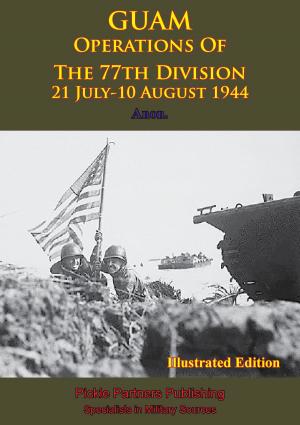Beans, Bullets, and Black Oil - The Story of Fleet Logistics Afloat in the Pacific During World War II
Nonfiction, History, Germany, European General, Military, United States| Author: | Rear Adm. Worrall Reed Carter | ISBN: | 9781786252296 |
| Publisher: | Verdun Press | Publication: | November 6, 2015 |
| Imprint: | Verdun Press | Language: | English |
| Author: | Rear Adm. Worrall Reed Carter |
| ISBN: | 9781786252296 |
| Publisher: | Verdun Press |
| Publication: | November 6, 2015 |
| Imprint: | Verdun Press |
| Language: | English |
Includes over 150 photos.
Victory is won or lost in battle, but all military history shows that adequate logistic support is essential to the winning of battles.
In World War II, logistic support of the fleet in the Pacific became a problem of such magnitude and diversity, as well as vital necessity, that all operations against Japan hinged upon it. The advance against the enemy moved our fleet progressively farther and farther away from the west coast of the United States, from Pearl Harbor, and from other sources of supply, to support our fleet we constructed temporary bases for various uses, and we formed floating mobile service squadrons and other logistic support groups. These floating organizations remained near the fighting fleet, supplying food, ammunition, and other necessities while rendering repair services close to the combat areas, this support enabled the fleet to keep unrelenting pressure upon the enemy by obviating the return of the fleet to home bases.
Because of the knowledge gained during his South Pacific service and particularly from his experience as Commander of Service Squadron Ten, the largest of the mobile squadrons, Rear Admiral W.R. Carter was chosen to write this history of logistics afloat in the Pacific. The opinions expressed and the conclusions reached are those of the author.- Secretary of the Navy, Dan Kimball
Includes over 150 photos.
Victory is won or lost in battle, but all military history shows that adequate logistic support is essential to the winning of battles.
In World War II, logistic support of the fleet in the Pacific became a problem of such magnitude and diversity, as well as vital necessity, that all operations against Japan hinged upon it. The advance against the enemy moved our fleet progressively farther and farther away from the west coast of the United States, from Pearl Harbor, and from other sources of supply, to support our fleet we constructed temporary bases for various uses, and we formed floating mobile service squadrons and other logistic support groups. These floating organizations remained near the fighting fleet, supplying food, ammunition, and other necessities while rendering repair services close to the combat areas, this support enabled the fleet to keep unrelenting pressure upon the enemy by obviating the return of the fleet to home bases.
Because of the knowledge gained during his South Pacific service and particularly from his experience as Commander of Service Squadron Ten, the largest of the mobile squadrons, Rear Admiral W.R. Carter was chosen to write this history of logistics afloat in the Pacific. The opinions expressed and the conclusions reached are those of the author.- Secretary of the Navy, Dan Kimball
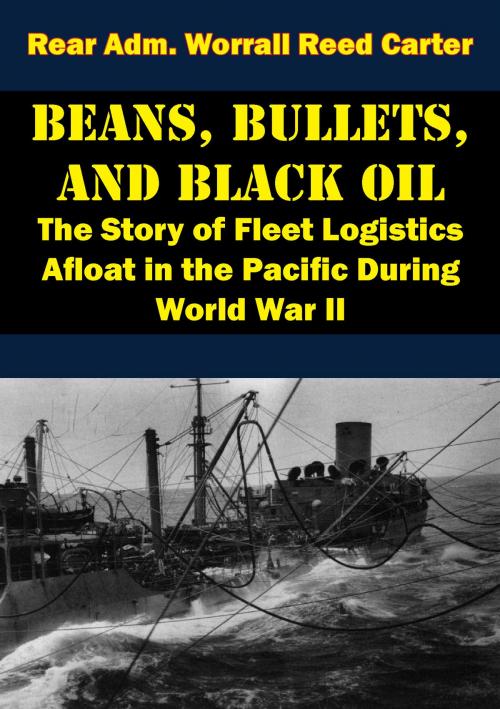
![Cover of the book Analysis Of Deep Attack Operations: Operation Bagration, Belorussia, 22 June - 29 August 1944 [Illustrated Edition] by Rear Adm. Worrall Reed Carter](https://www.kuoky.com/images/2014/august/300x300/9781782895459-fPbK_300x.jpg)
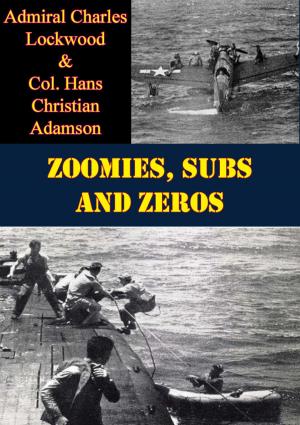

![Cover of the book At Close Quarters; PT Boats In The United States Navy [Illustrated Edition] by Rear Adm. Worrall Reed Carter](https://www.kuoky.com/images/2015/november/300x300/9781786252067-v2lq_300x.jpg)

![Cover of the book The Official History Of The New Zealand Rifle Brigade [Illustrated Edition] by Rear Adm. Worrall Reed Carter](https://www.kuoky.com/images/2014/june/300x300/9781782892472-cpR2_300x.jpg)

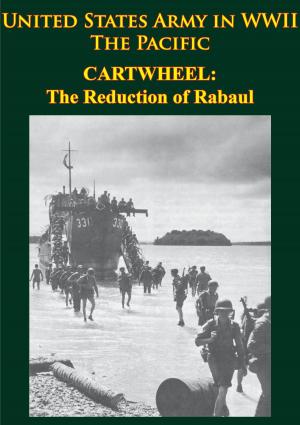
![Cover of the book The Uncensored Dardanelles [Illustrated Edition] by Rear Adm. Worrall Reed Carter](https://www.kuoky.com/images/2013/march/300x300/9781782890577-oVu2_300x.jpg)
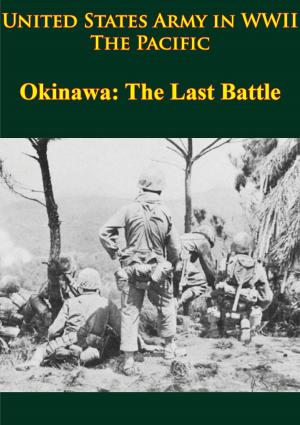
![Cover of the book Stalingrad To Berlin - The German Defeat In The East [Illustrated Edition] by Rear Adm. Worrall Reed Carter](https://www.kuoky.com/images/2014/august/300x300/9781782893202-n4Nr_300x.jpg)

![Cover of the book Marines In World War II - The Battle For Tarawa [Illustrated Edition] by Rear Adm. Worrall Reed Carter](https://www.kuoky.com/images/2014/august/300x300/9781782892779-O9WM_300x.jpg)
![Cover of the book Lost Victories: The War Memoirs of Hitler's Most Brilliant General [Illustrated Edition] by Rear Adm. Worrall Reed Carter](https://www.kuoky.com/images/2015/november/300x300/9781786257758-yHGy_300x.jpg)
